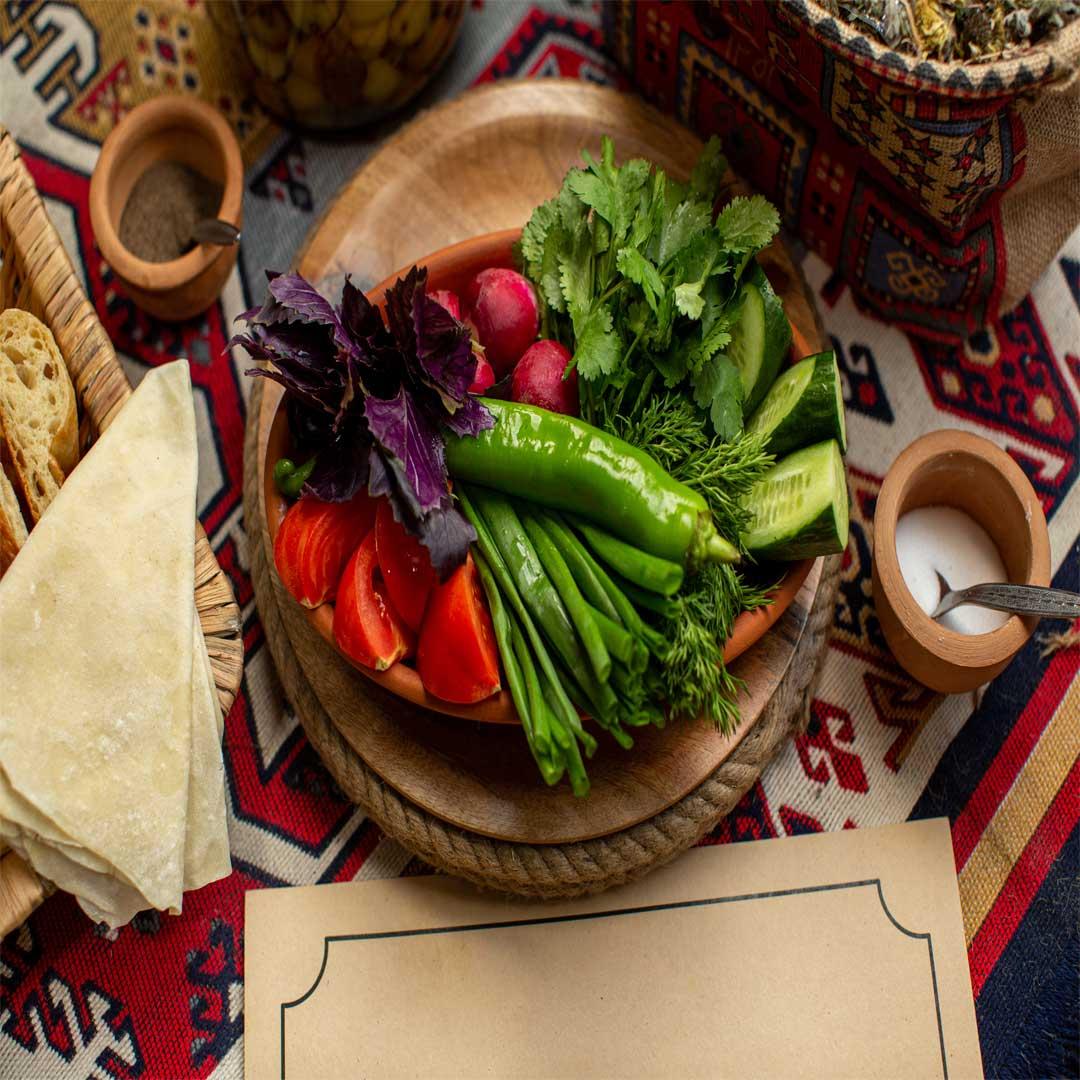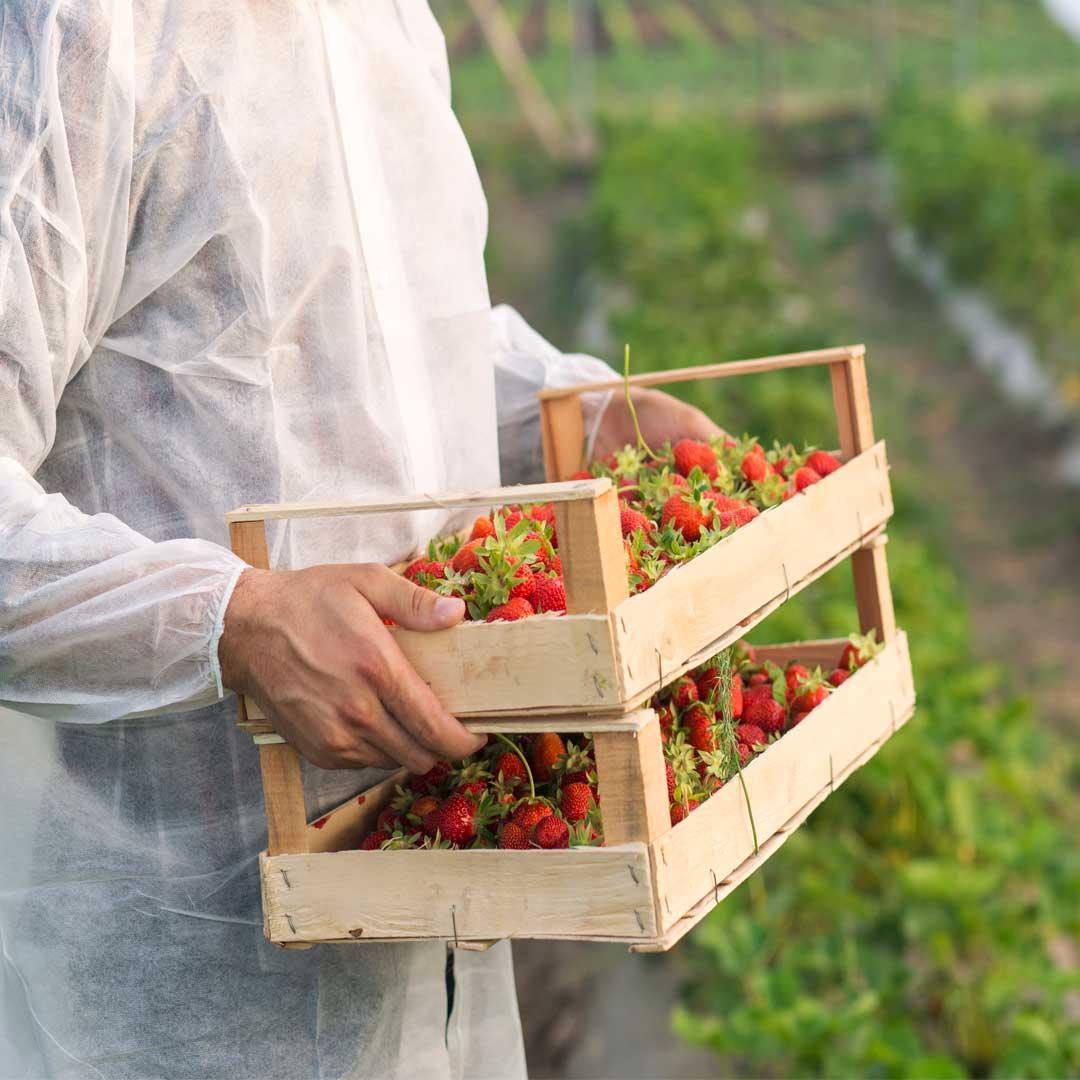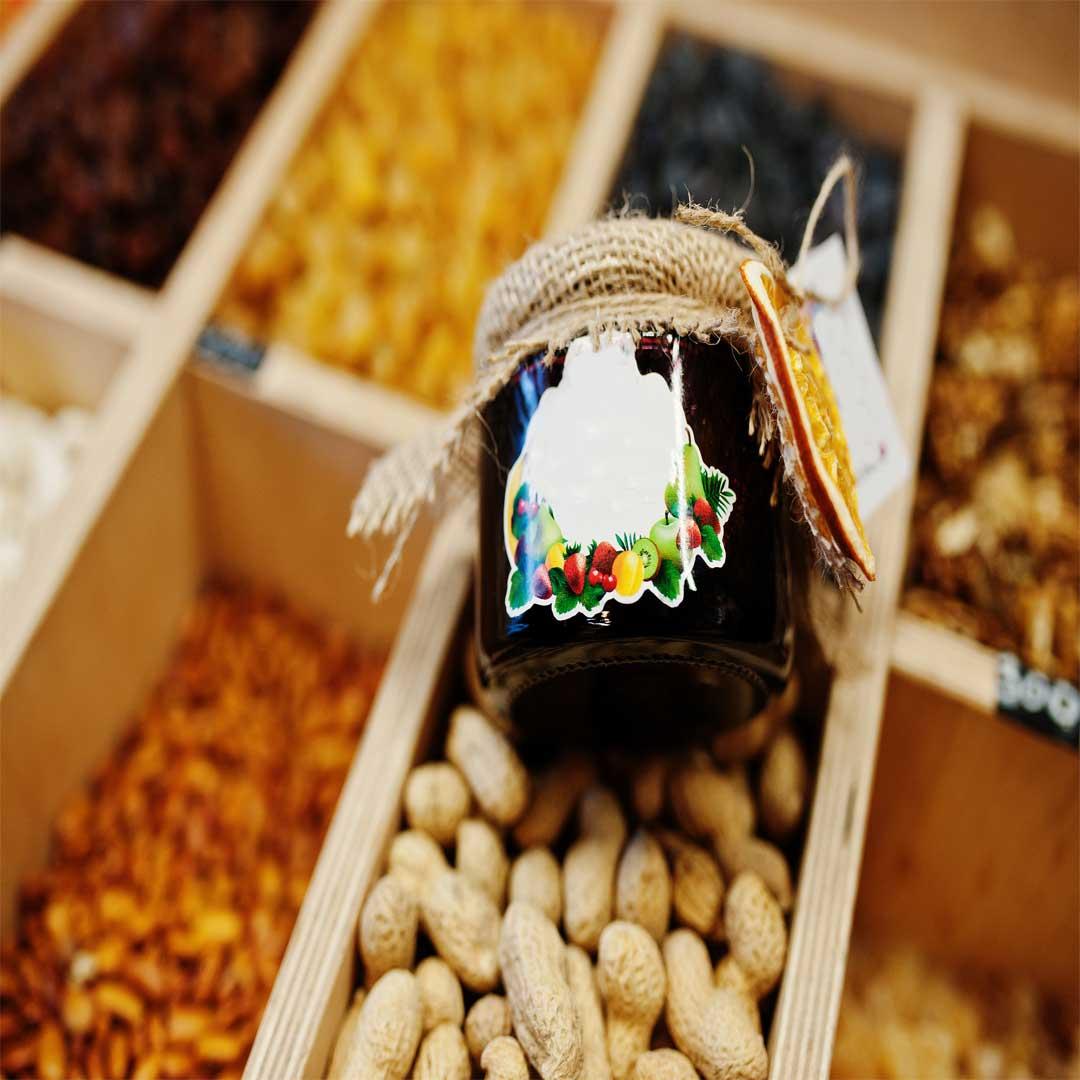France is a major EU market with high demand for premium, natural, and exotic foods. Iran exports pistachios, saffron, d...
Iran Agricultural Exports: Global B2B Trade via Abrisham Road Platform
Boosting Iran’s Agri-Food Trade via the Abrisham Road Platform
This comprehensive article examines Iran’s position in global agricultural trade, export statistics, key partner markets, major challenges and opportunities, and the strategic role of the Abrisham Road International Platform — Iran’s first specialized B2B marketplace for agricultural and food exports.
Agriculture in Iran, as one of the oldest economic activities in the region, has always played a crucial role in meeting domestic needs and generating export revenues. Thanks to fertile lands, diverse climates, and year-round production, Iran holds a unique position among regional countries in producing and exporting food products.
Products such as pistachios, saffron, dates, dried fruits, fresh fruits, and vegetablesare not only well-known in regional markets but are also highly demanded worldwide. As a result, agricultural exports have become one of the pillars of Iran’s non-oil economy, contributing significantly to foreign exchange earnings.
Iran’s Key Trade Partners in Agriculture and Food Exports
Iraq
Iraq is Iran’s top agricultural export destination, importing dates, potatoes, tomatoes, onions, dairy products, and fresh vegetables.
Afghanistan
Afghanistan is a major buyer of flour, rice, legumes, dairy, fresh fruits, and dried fruits from Iran.
Pakistan
Pakistan shows high demand for Iranian dates, saffron, pistachios, and fresh fruits.
Gulf States (UAE, Qatar, Kuwait, Oman, Bahrain, Saudi Arabia)
Gulf countries import dates, saffron, pistachios, fresh vegetables, and packaged food products from Iran.
Turkey
Turkey trades mainly in pistachios, raisins, dates, and medicinal herbs with Iran.
Russia
Russia is an important market for Iranian apples, citrus fruits, and vegetables.
Central Asia (Kazakhstan, Turkmenistan, Tajikistan, Uzbekistan, Kyrgyzstan)
These countries import potatoes, vegetables, dates, and dried fruits from Iran.
China
China is one of the largest markets for Iranian saffron, pistachios, dates, raisins, and herbal products.
India
India has a long-standing demand for Iranian saffron, pistachios, dates, apples, and kiwifruit.
Europe (Germany, Spain, Italy, France, etc.)
European markets import premium Iranian products like saffron, pistachios, dates, and high-quality dried fruits.
Revenue and Statistics of Iran’s Agricultural Exports
Iran’s agricultural and food exports have shown steady growth in recent years despite external challenges.
| Year | Export Volume (tons) | Export Revenue (USD) | Approx. Annual Growth |
|---|---|---|---|
| 2023/24 (1402) | ≈ 8,803,559 | USD 6.298 billion | ~20% increase |
| 2024/25 (1403) | ≈ 7,600,000 | USD 5.2 billion | ~29% increase |
The Role of the Abrisham Road International Platform in Export Development
As global trade digitalizes, online B2B platforms replace many traditional export models. The Abrisham Road International Platform — Iran’s first specialized B2B hub for agricultural and food products — is bridging Iranian producers and international buyers through a set of digital services and tools.
Main Features
- Direct connection between Iranian producers and global buyers, reducing dependence on costly intermediaries.
- Request for Quotation (RFQ) functionality enabling fast inquiries and responses.
- Comprehensive product listings with details on certifications, quality grades, and packaging.
- International digital marketing tools to increase product visibility worldwide.
- Lowered transaction costs and accelerated negotiation cycles.
Challenges and Opportunities for Iran’s Agricultural Exports
Challenges
- International banking restrictions and trade sanctions.
- Limited cold chain logistics and modern packaging infrastructure.
- Currency fluctuations and high export costs.
- Strong competition from regional producers such as Turkey, Egypt, and India.
Opportunities
- Access to large neighboring markets like Iraq and Afghanistan.
- Growing global demand for premium Iranian products such as pistachios, saffron, and dates.
- Expansion of digital trade channels and B2B marketplaces like Abrisham Road.
- Adoption of modern packaging, traceability and international food-safety standards.
The Future of Iran’s Agricultural Exports
Given the encouraging export figures and adoption of digital platforms, the future of Iran’s agricultural exports looks promising. With targeted policies to improve logistics, packaging, and trade facilitation, Iran can expand its share in the global food market.
The Abrisham Road International Platform is expected to play a decisive role by promoting Iranian products digitally, facilitating online negotiations, and ensuring that international buyers connect with reliable Iranian suppliers.
Conclusion
Agricultural and food exports are a main pillar of Iran’s non-oil economy. Despite existing challenges, the country’s diverse markets and high-value products offer a competitive advantage. By combining Iran’s agricultural capacity with modern B2B digital tools, the Abrisham Road International Platform helps shape a more competitive and sustainable future for Iranian exports.




